Our seafood is fresh and Australian!
Mostly from WA!
All items while stocks last.
In the live tanks: Ocean Crabs direct from Shark Bay WA!
SOME ITEMS BELOW ARE NOT AVAILABLE AFTER 5:00 PM.
Updated July 30.
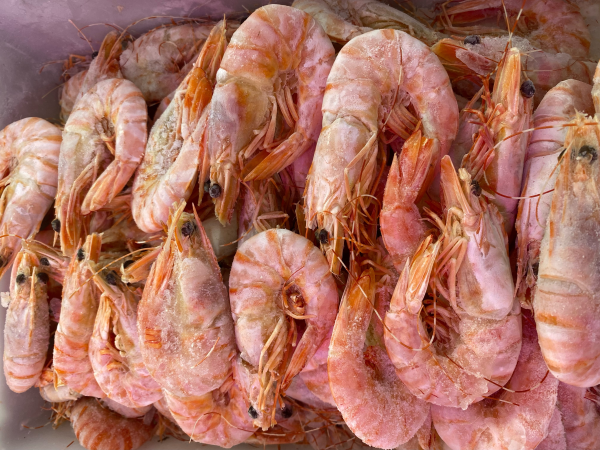
Christmas in July Special! 3kg box of frozen, cooked WA Tiger Prawns at $70. Ends at close of business July 31.
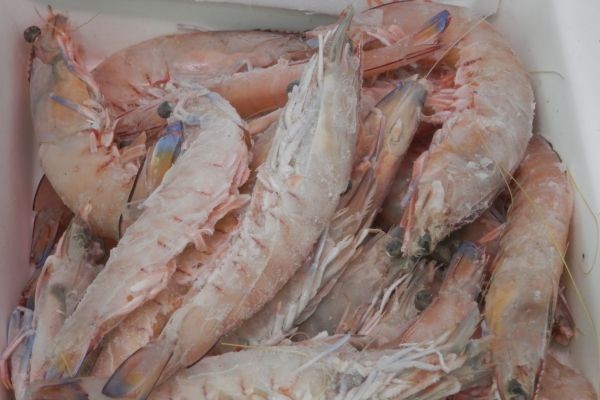
Australian Whole Raw King, Tiger and Banana Prawns.

Shark Bay WA Crabs. Assorted sizes.
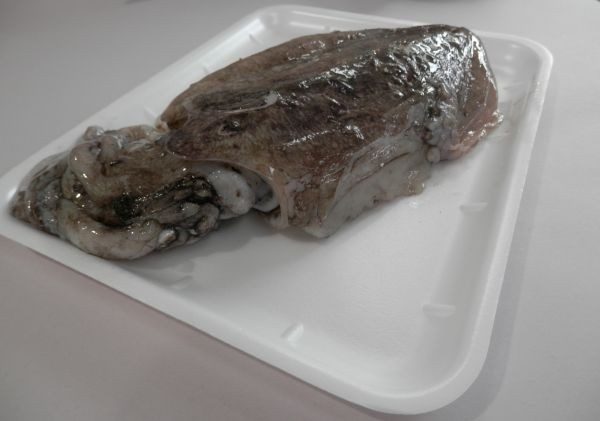
WA Cuttlefish.
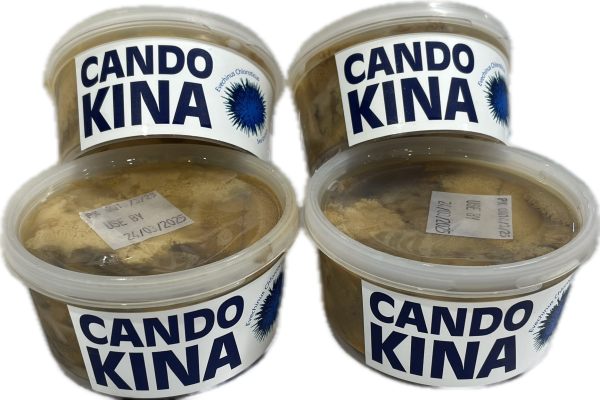
NZ Fresh Kina. 150g
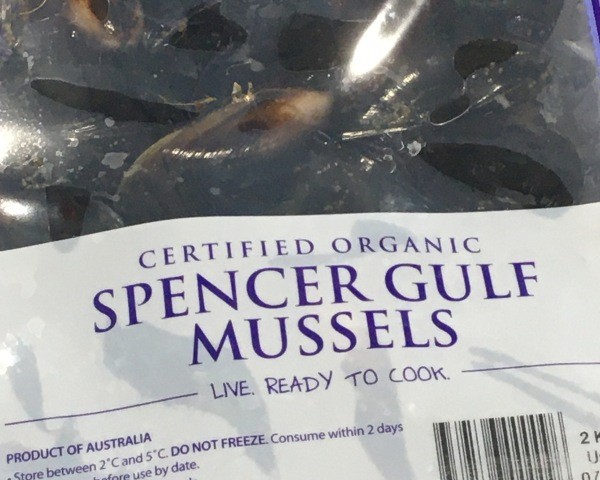
Australian Organic Mussels.
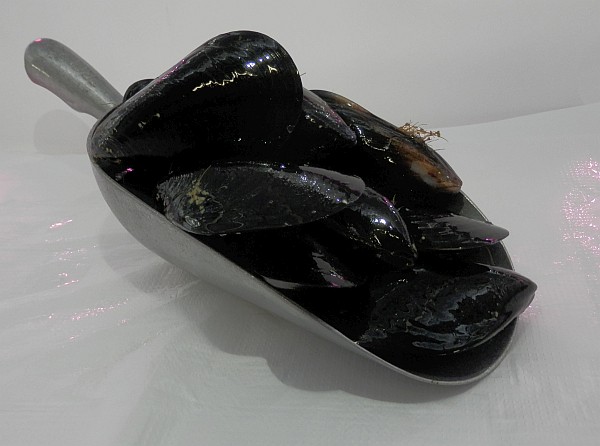
South Australian Whole Black Mussels.
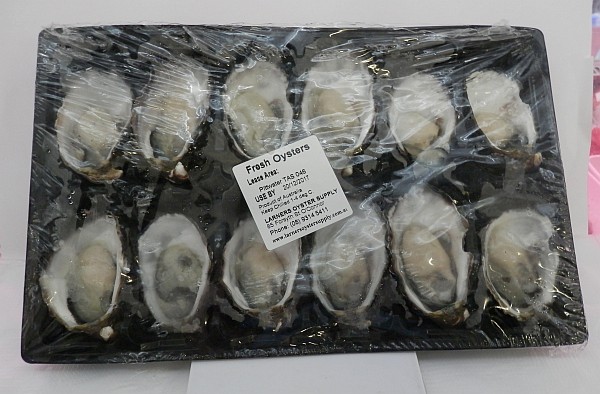
Tasmanian Fresh Oysters in the half-shell. Sold in trays of one dozen.
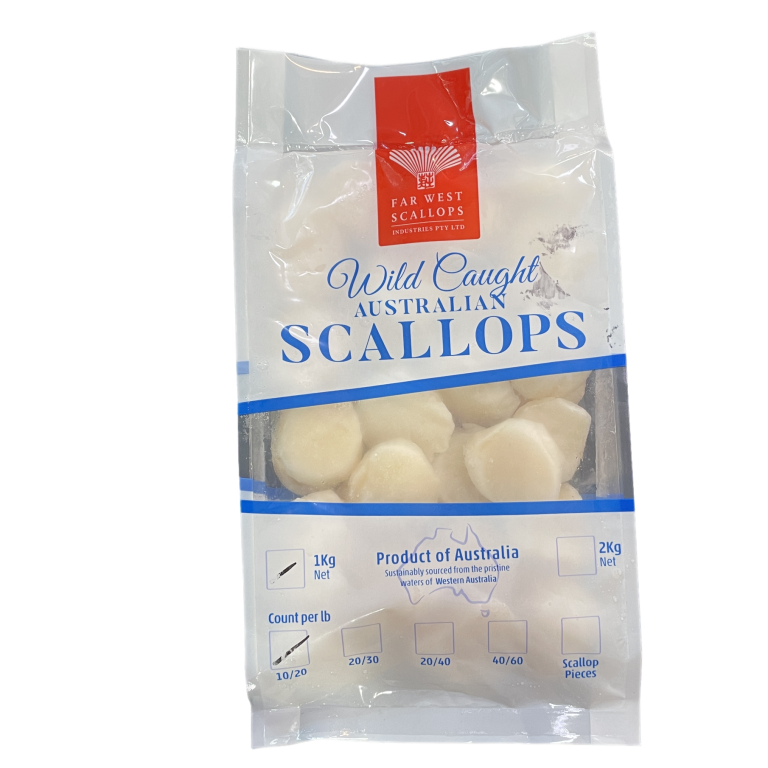
Wild-Caught Australian Scallops. Sold by weight or per 1kg bag.
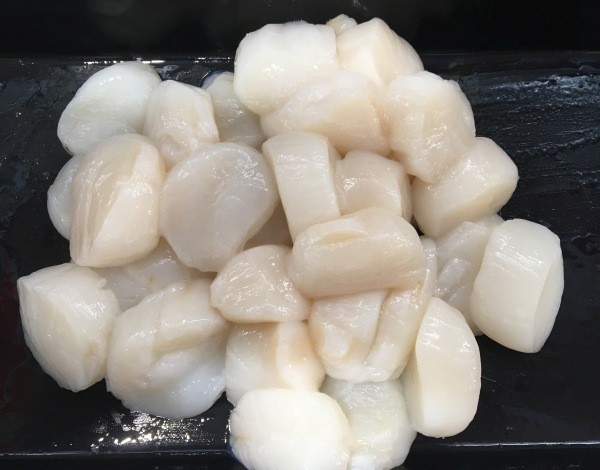
From the USA: Sea Scallops (roe off).
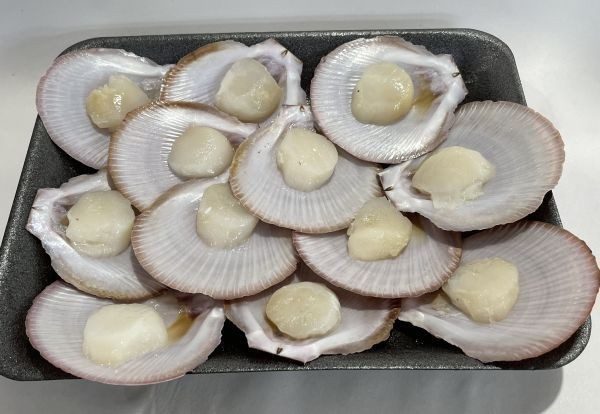
Shark Bay WA. XL Scallops in the half-shell.
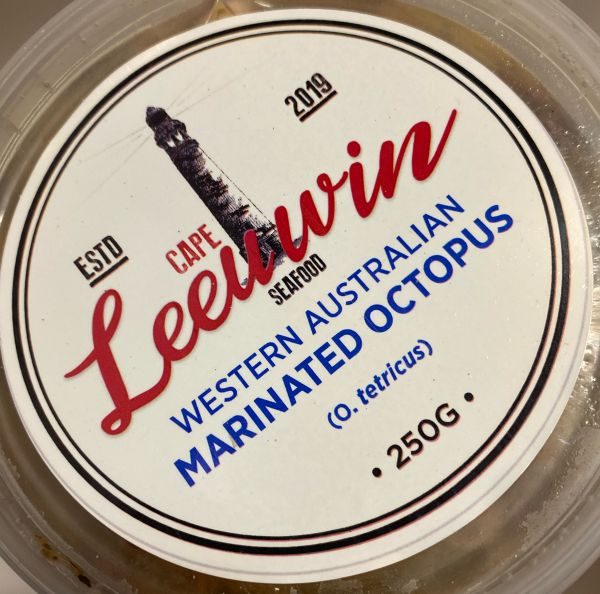
WA Marinated Octopus.
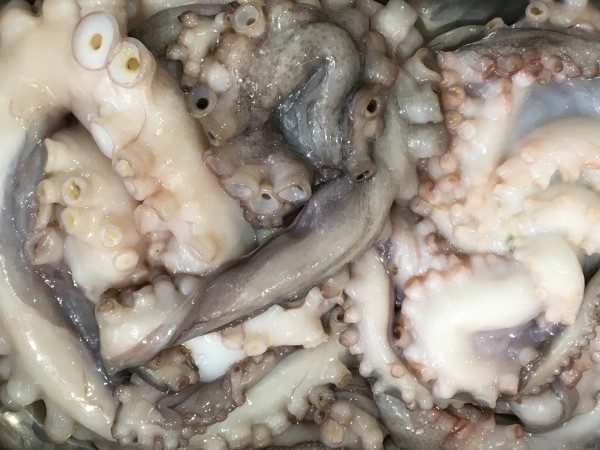
Fresh WA Octopus
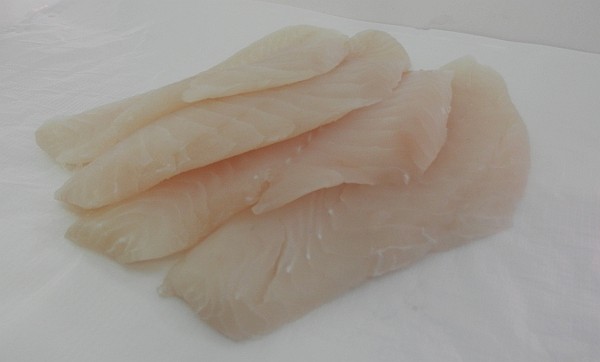
Fish Fillets, Cutlets and more.
Australian Green-Lip Abelone.
WA Baby Snapper Fillets.
NT Barramundi Fillets (skin on) and Cutlets.
WA Rankin Cod Fillets.
SA Sardine Fillets.
WA Sweetlip Snapper Fillets.
Tasmanian Salmon Tail Fillets.
Fresh Whole Fish.
There are often 3 or 4 imported fish types not readily available in WA. We carry these in order to meet customer requests.
They are always labelled.
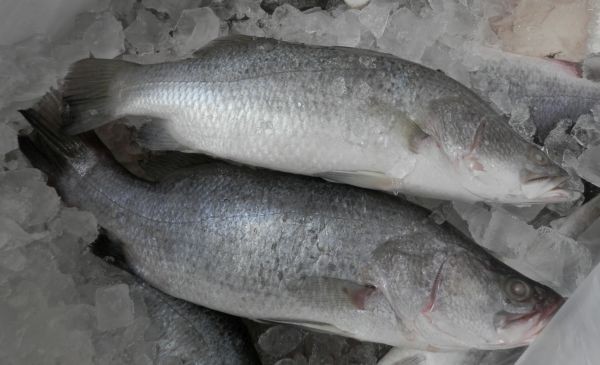
NT Barramundi.

Black Bream.
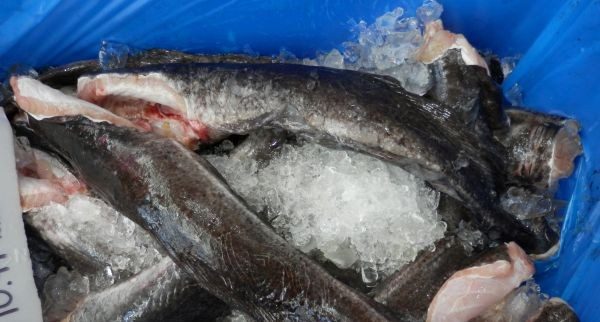
WA Cobbler.

WA Frypan Snapper.
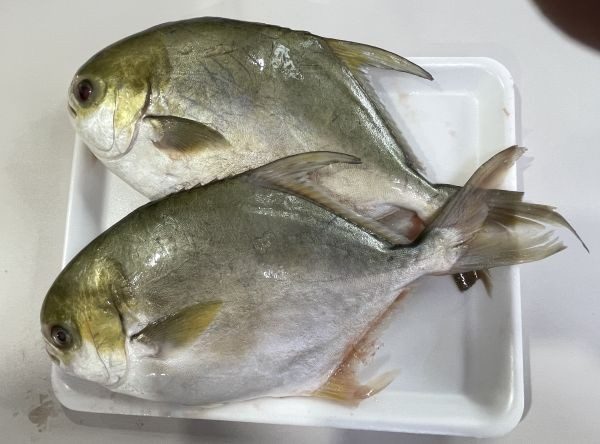
Malaysian Golden Pomfret.
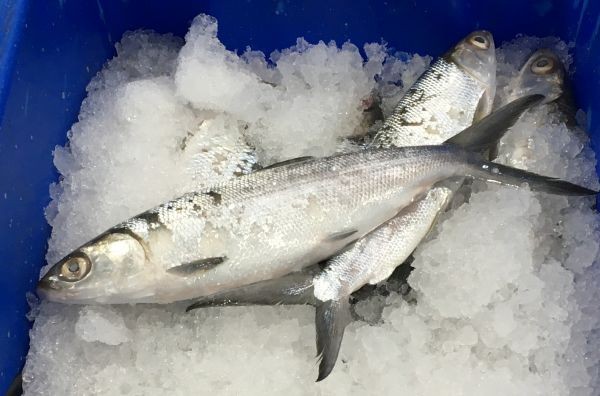
Malaysian Milkfish.
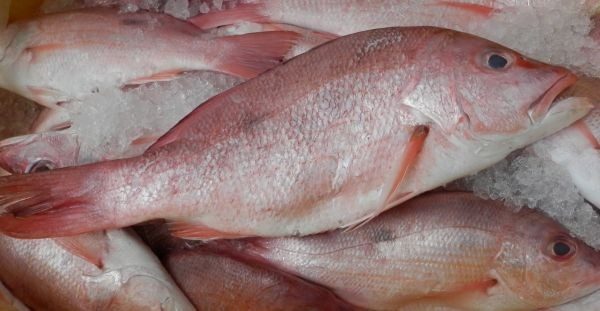
WA Moses Snapper.
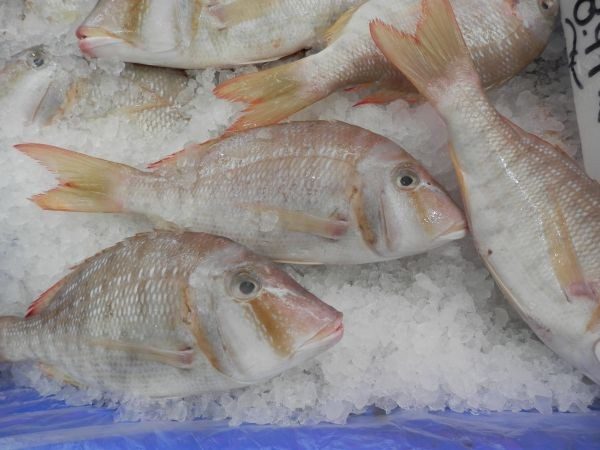
WA Norwest Snapper.
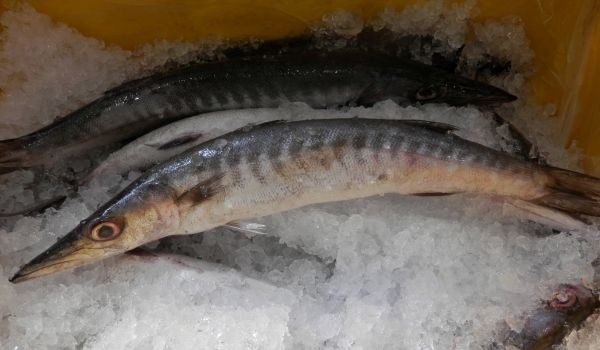
WA Pike.
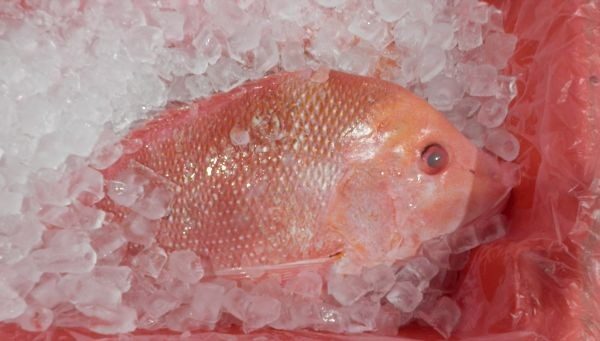
WA Red Emperor.
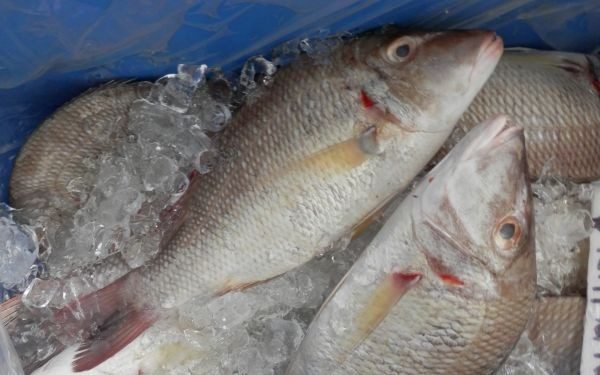
WA Red Spot Emperor.
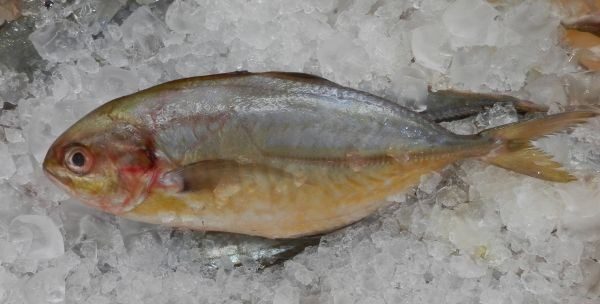
WA Scad.
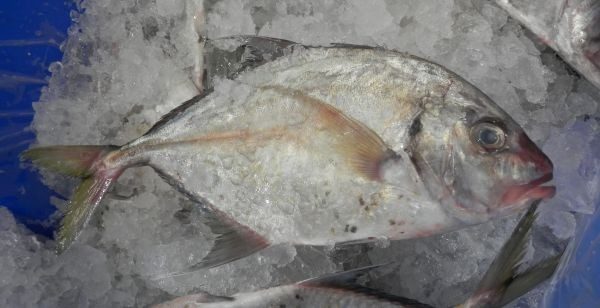
WA Silver Trevally.
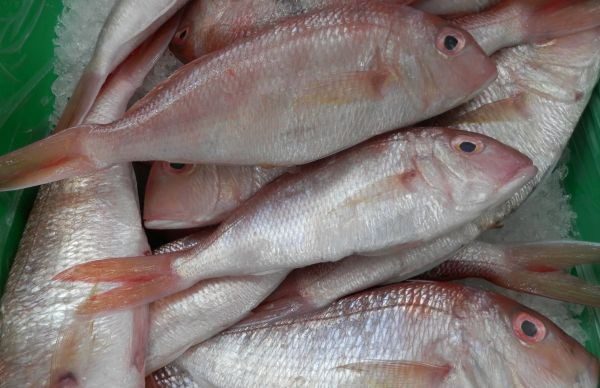
WA Threadfin Bream.

Malaysian Tilapia. Click to expand.
Malaysian Tilapia.
Tilapia is one of the most widely farmed freshwater fish in Malaysia and serves as an affordable source of white fish protein for domestic consumption and export markets.
Aquaculture Development
Malaysia’s tilapia industry has expanded rapidly under strong government backing. The National Agro-food Policy and National Economic Transformation Programme have prioritized aquaculture investments, fostering broodstock development programs and hatchery improvements2. Average annual growth in aquaculture production reached 6.6% between 2002 and 2013, outpacing capture fisheries growth of 3.6% over the same period.
Production and Market Trends
In 2013, total food fish production in Malaysia was 1.78 million tonnes, with aquaculture contributing 308 000 tonnes.
Malaysia ranks among the top tilapia producers in Southeast Asia thanks to favorable climate, abundant water resources, and strategic location for export1.
Market outlook through 2031 remains positive, driven by tilapia’s affordability, growing middle-class demand, government support, and export opportunities.
Ongoing demand for affordable protein suggests tilapia will remain a popular choice, with sustainable farming practices key to meeting future consumption needs.
Top Recipes:
1. Pan-Seared Tilapia
Cook time: 15 minutes
Highlights: Lightly dusted fillets, pan-seared in olive oil and butter, finished with lemon juice, parsley, and thyme
Link: https://www.allrecipes.com/recipe/201934/pan-seared-tilapia/
2. Pan-Fried Tilapia with Creamy Lemon Sauce
Cook time: 25 minutes
Highlights: Crispy fillets topped with a garlic-infused cream sauce, brightened with lemon and parsley
Link: https://diethood.com/skillet-tilapia-with-creamy-lemon-sauce/
3. Garlic Butter Oven-Baked Tilapia
Cook time: 20 minutes
Highlights: Fillets bathed in a garlic-butter-lemon mix, seasoned with paprika, thyme, and oregano
Link: https://diethood.com/garlic-butter-oven-baked-tilapia/
4. Parmesan Broiled Tilapia
Cook time: 10 minutes
Highlights: Quick broiler method with a creamy parmesan-butter topping and fresh dill
Link: https://www.spendwithpennies.com/parmesan-broiled-tilapia/
5. Baked Tilapia with Dill Sauce
Cook time: 30 minutes
Highlights: Cajun-spiced fillets baked to flaky perfection, served with a tangy sour-cream dill sauce
Link: https://www.allrecipes.com/gallery/the-best-tilapia-recipes/
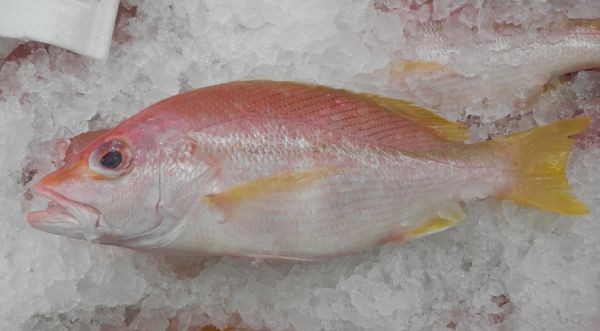
WA Tropical Snapper. Click to expand.
Western Australian Tropical Snapper
Tropical snappers encompass a diverse group of Lutjanidae species distinct from the southern “snapper” (Chrysophrys auratus). They feature pink to red skins, firm white flesh, and are typically found in warm northern waters. Common cooking methods aim to preserve their delicate texture and clean flavor profiles.
Tropical snappers are distributed across Western Australia’s coastal bioregions, from the warmer reefs of the North and Gascoyne coasts down to the South and West Coast bioregions. They inhabit:
Coral and rocky reef structures
Sandy and rubble substrates on the continental shelf
Depths from shallow reef flats to around 100 m
Their presence across multiple bioregions reflects both inshore charters and offshore commercial harvests.
Sustainability and Stock Status
GoodFishBadFish rates WA tropical snapper stocks as a “Good” choice, noting that well-managed northern fisheries can sustain catches.
Stock assessments are ongoing, particularly for remote shelf areas, to refine management units and quotas.
Culinary Aspects
Northern WA tropical snapper (e.g., Crimson and Saddletail Snapper) are prized for firm, sweet flesh and handled at sea to lock in freshness.
Common preparations include steaming, grilling or poaching, emphasizing minimal seasoning to let the natural flavors shine.
Improved industry handling has made these species more widely available further south in Australia, where they’ve quickly gained popularity among home cooks and chefs alike.
Recipe Ideas
Citrus–Chili Ceviche • Dice snapper into 1 cm cubes. • Marinate in lime, red chili, red onion, coriander, and a pinch of salt for 15 minutes. • Serve with tortilla chips or on crisp lettuce leaves.
Coconut–Turmeric Poached Snapper • Simmer snapper fillets gently in coconut milk infused with turmeric, ginger, garlic, and kaffir lime leaves. • Finish with fresh coriander and a squeeze of lime.
Herb–Garlic Grilled Snapper Parcels • Season fillets with garlic, parsley, dill, lemon zest, and olive oil. • Wrap in parchment paper or foil and grill over medium heat until flaky.
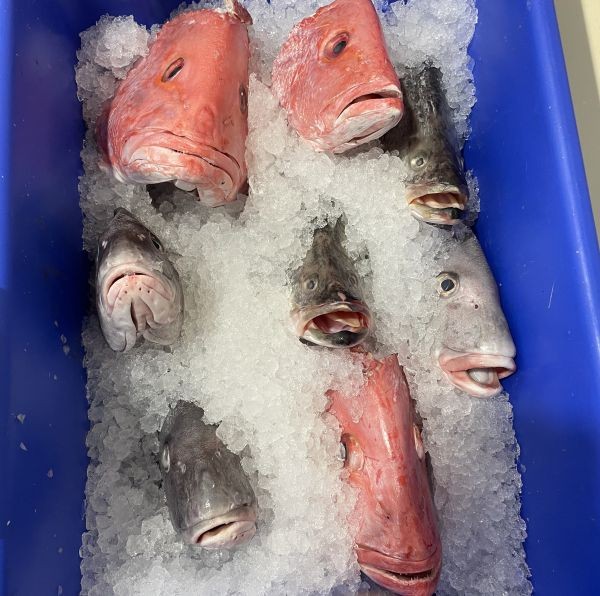
Fish Heads, Tails and Fish Wings. Usually available.
From the early morning fish market to you.
(WHILE STOCKS LAST)
We will also fillet many of the whole fish we have in stock for you.
*Fish cleaning/filleting hours are 9:00 am – 5:00 pm daily. * Filleting/skinning free. No tiny fish like Sardines or Scaly are cleaned.
We do stock three imported fish types by requests from customers. On occasion, we also carry special types from NZ.
Fish “cleaning” (the removal of organs, heads, gills etc.) is not available for quite small fish such as Sardines, Bony Herring & Scaly for example.
Fish “washing” is carried out in accordance with the A&NZ Food Standards Code 4.2.1 ‘Primary Production and Processing Standard for Seafood’. It requires fish to be washed before filleting, skinning etc and for unprocessed fish to be washed before handing over to a customer.
